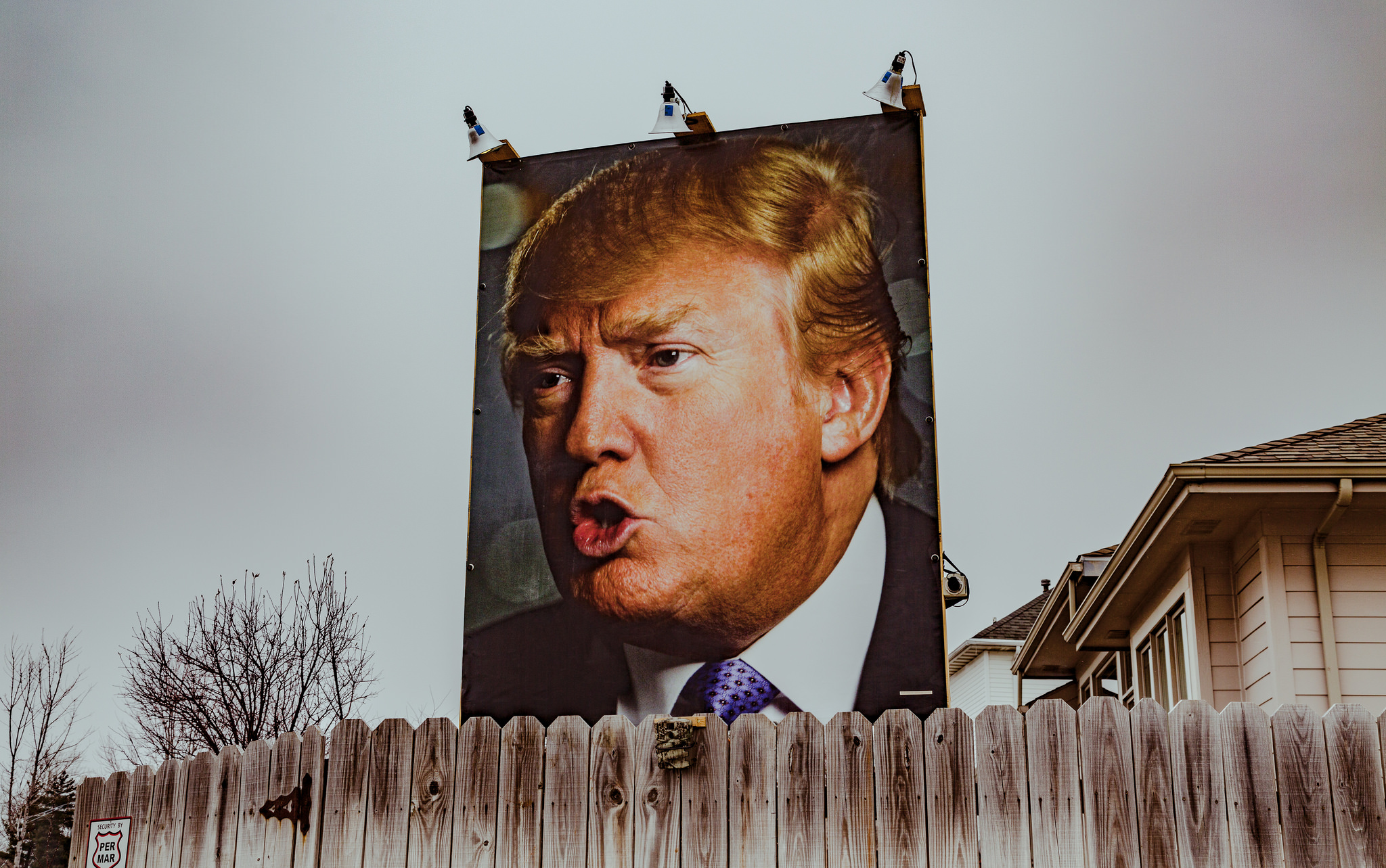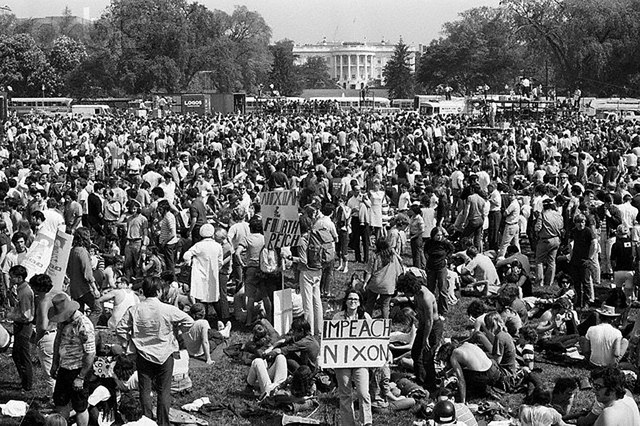
While fighting for diversity is necessary to ensure optimal political participation, groups advocating to do so are often at a disadvantage compared to groups that target a more homogenous voter base. Historically, Democratic leaders have continuously experienced these challenges while catering to more diverse groups than their Republican counterparts.
On the Democratic front, the emerging candidates of the 2020 presidential election represent an ongoing push for diversity in American politics. So far, a record-breaking six women have submitted bids as presidential candidates. Pete Buttigieg is the first openly gay candidate running for president. Two Latino politicians, Julián Castro and Eric Garcetti, have already confirmed their candidacies. Diversity, equal opportunity, and inclusivity are at the forefront of each of these leaders’ platforms.
In many ways, the increasing diversity of candidates fighting for the presidency represents a public response to the Republican incumbent, whose 2016 campaign catered to the traditional, unitary view of the ideal American citizen. President Donald Trump’s 2016 campaign, “Make America Great Again,” promised to reinforce borders, restore blue-collar jobs, which are most easily accessed by white individuals, and reduce taxation of the wealthy. In doing so, he scapegoated racial minorities, problematized welfare, and mocked the socially disadvantaged. Given his campaign’s discriminatory nature, Trump’s ability to unify and mobilize voters in 2016 was, to many, surprising. Yet, appealing to restrictive, traditional views in a progressive period of social change has a historical precedent within the Republican party.
Robert Self’s book, “All in the Family”, elaborates on this topic. In the 1960s, the idea that America was morally exemplary was faltering. Revelations of dishonesty during the Vietnam War severely eroded citizens’ trust in government, and, in turn, uprooted the vision of American exceptionalism that permeated American identity.[1] Whether in terms of race, gender, sexuality, or America’s role in the world, this era marked the emergence of new freedom to question the traditional, restrictive views about the ideal American citizen.[2]
While this period led to a contestation of traditional American values, it also resulted in a powerful conservative backlash.[3] For many, traditional societal roles remained idealized. Husbands were to engage in paid labour to support the family economically, while their wives were expected to perform domestic, unpaid labour, such as raising children and completing household chores. Moreover, whether it was conveyed directly or only indirectly, this idealized nuclear family was portrayed as being open only to the white American. In doing so, conservative leaders reinforced the restrictive view that the white nuclear family was at the top of a hierarchical cultural structure. The singular cohesiveness of the conservative ideology, wanting to preserve the traditional view of the exemplary nuclear family, presented an attractive option to white Americans who profited from these traditional values.

This appeal was enhanced by the inherent disunity in Democratic campaigns. While the variety of challenges to traditional identity created positive social change by celebrating difference, it also created challenges when trying to mobilize voters politically around a singular platform.[4] Socioeconomic factors, such as race, sexuality, gender, and class, affected each person’s position of privilege in society. As a result, certain individuals argued to prioritize issues that others did not view as relevant. At the time, advocating for diversity was necessary to challenge harmful restrictive values, yet this same diversity created an inevitable Democratic disadvantage. The lack of compatibility in the goals of individual liberal movements prevented individuals from rallying around a unified platform, and thus, presented challenges when trying to effect political change.[5] In comparison to liberal campaigns, in which many individual views and identities competed for stature, the conservative ideology catered to a unified white contingency, giving them a cohesive platform to latch onto during a chaotic push for recognition.
Though the use of this tactic increased in the 1960s, Trump’s 2016 campaign demonstrates that Republican candidates have continued to use the rhetoric of unity as an effective strategy to mobilize voters. While gathering support from those who benefitted from a restrictive view, Trump’s unitary depiction of American values ascribed blame arbitrarily yet effectively to those who did not represent this idealized identity. In contrast, by advocating to include historically-oppressed groups, Democratic leaders continue to experience difficulty developing a cohesive platform, thereby appearing disunified in comparison.
Consider the following: As a former prosecutor, Democratic candidate Kamala Harris’ platform vows to challenge LGBTQ discrimination, immigrant stereotypes, and the wage gap both between sexes and races. Democratic candidates Bernie Sanders and Elizabeth Warren are advocating for more progressive taxation in order to provide more equal financial opportunity for Americans. Both Latino candidates, Juliàn Castro and Eric Garcetti, seek to better engage the Latino community in politics by attacking immigrant stereotypes that previously discouraged them from participating. Though in theory, catering to different groups and aspirations do not hinder each candidate individually, in practice, this disparity may split the Democratic vote. Similar to liberal difficulties faced in the 1960s, it is possible that voters may not view each issue being addressed as relevant due to their varying positions of privilege in society. Thus, voters currently supporting Democratic candidates may defect to an independent or even a Republican candidate with a more unitary platform should their ideal candidate be defeated in the primaries. As Trump’s approach does not appear to have changed in his campaign for reelection in 2020, the restrictive Republican tradition continues to provide a clear alternative to the chaos of identities of the Democratic Party.
In short, the appeal of restrictive conservative unity will have a potentially dangerous effect on American democracy unless Democratic candidates make a sustained effort to gather support more effectively across minority groups, income brackets, and other potential positions of privilege in society. Perhaps more importantly, voters must carefully and deliberately assess the relevance of and rationale behind policies being put forward by individual candidates. In doing so, individuals could separate the merits of policies from the emotional rhetoric used to justify them.
The opinions expressed in this article are solely those of the author and they do not reflect the position of the McGill Journal of Political Studies or the Political Science Students’ Association.
Feature image by Tony Webster via Flickr Creative Commons
Bibliography
[1] Self, Robert. All in the Family. Hill and Wang, 2012, pg.59.
[2] Ibid., 12
[3] Ibid., 13
[4] Ibid., 275
[5] Ibid., 14